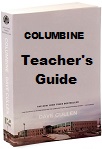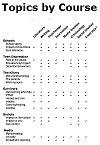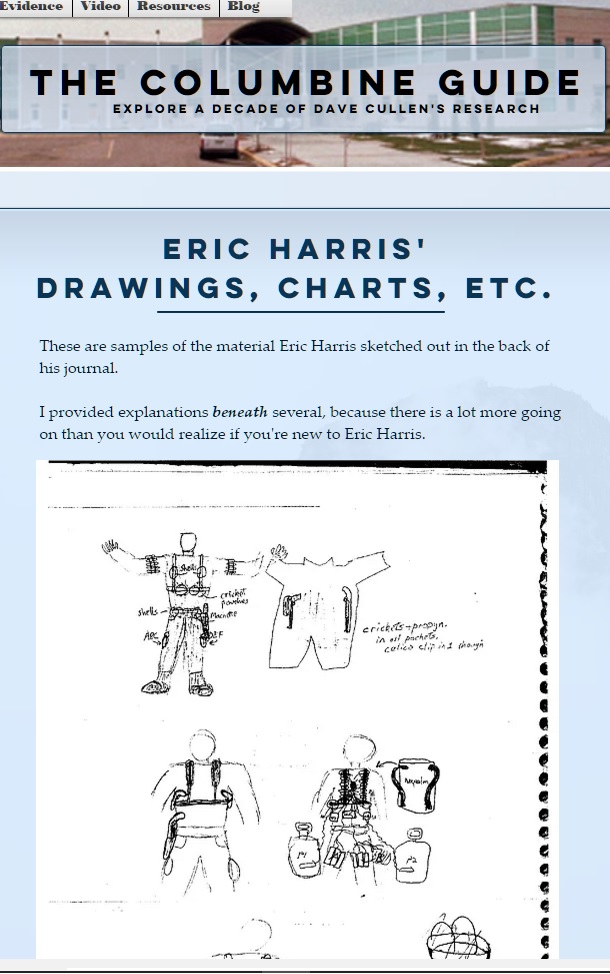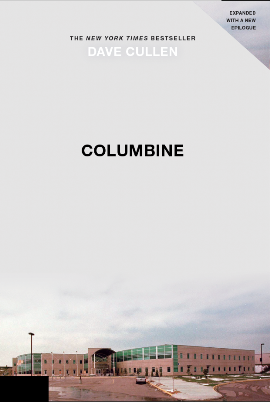Discussion Questions: Media & the Myths
Media Coverage & Columbine Myths
-
Describe the major Columbine myths. How did the media get it so wrong? Do you think they would make the same errors today?
-
How quickly did the major myths appear? How soon were they accepted as fact? What evidence did the media have for the conclusions about why Columbine happened in the first week? How about in the first year? Five years? When did the definitive evidence come to light?
-
Which two newspapers never bought in to the myths? Why did the rest of the pack follow the Denver Post and not those two outlets?
-
How did victims and survivors feel about coverage of their school? Was it fair? Were they bothered more by local coverage or national? Was it the quality of the reporting, bias, or sheer quantity? When did their attitudes about the media and their trust change? How did that affect the coverage? Did journalists have the access to report the story accurately?
-
Several of the news outlets that got the story so wrong ran corrections—big myths of Columbine stories—within the first year. Why were those so incredibly unsuccessful in correcting public perceptions?
-
Once an important incident is misportrayed, is it ever possible to correct it? Discuss some examples? Several of the “what” aspects of Columbine were initially misreported—e.g., nearly every newspaper in the country led with some version of 25 dead April 21. It was reported on every major network. Yet those myths do not live on? Why do myths about “what” behave so differently than about “why?”
-
Does the book make you approach news coverage of other major events more skeptically? What sorts of questions do you ask?
-
When major tragedies occur—plane crashes, explosions, mine disasters, oil spills—how long does it usually take before journalists and the public can accurately answer why it happened? How soon does the media usually answer that question? When they are wrong, how do they go about correcting the myths?
-
How did the story of Cassie Bernall’s “martyrdom” take root so quickly? When was it first reported, and how did the story travel (mostly in the media, or by other means)? Who questioned it? How were stories of a strikingly similar exchange with Val Schnurr treated?
-
When did the Rocky Mountain News team realize Cassie never made the famous gunpoint profession of faith? Why did the editors choose to delay the story? At what point did that decision become a problem of ethics or journalistic responsibility? How did the lead reporter feel about the decision? How did the paper treat the subject when Misty Bernall’s book She Said Yes: The Unlikely Martyrdom of Cassie Bernall was published, and became an instant bestseller in September 1999? Why do you believe Misty published the book with that title? Do you believe she intended to mislead anyone?
-
Have things changed since Columbine regarding online threats? If a website like Eric’s were to appear today, what would the reaction be? Would anybody notice? If the media took hold of it as a story, what would be the reaction? How would the student writing it be treated?
-
How did “the cover-up” come to light? What role did news organizations play?




